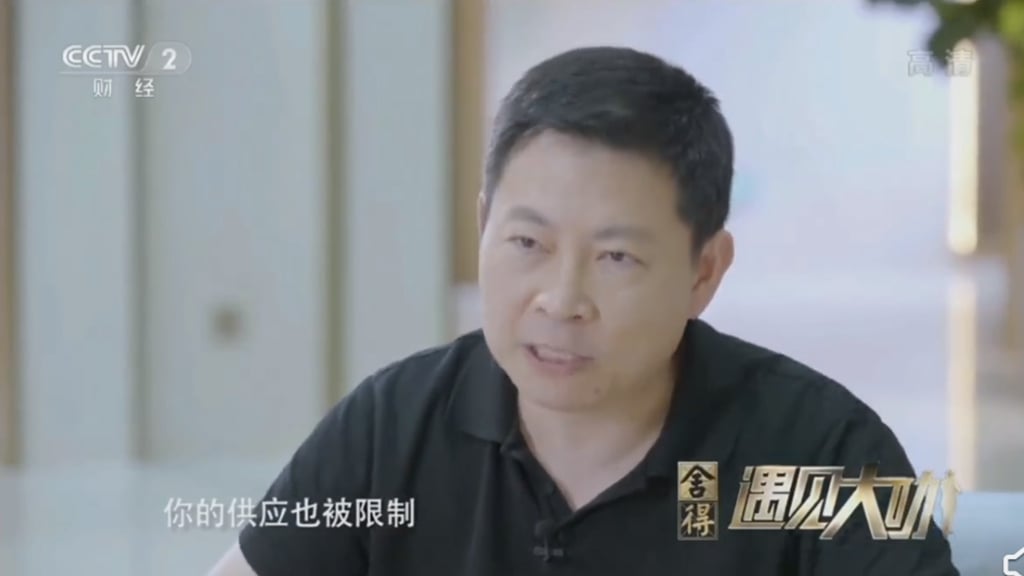Making a flagship smartphone is a challenging and complex process that requires a wide range of components and technologies, including high-resolution displays, advanced cameras, powerful processors, and cutting-edge software. These components must be sourced from various suppliers and carefully integrated into the final product. Additionally, the manufacturing process itself is complex and requires precise control to ensure that each device meets the company’s high-quality standards. Huawei recently revealed the difficulties it faced in producing the Mate 50 series, highlighting the challenges that all manufacturers face in creating a flagship smartphone.
Huawei admits how difficult it was to manufacture the Huawei Mate 50 series
Huawei Consumer Business Group CEO Yu Chengdong recently sat down with Chinese media to discuss the challenges the company faced in producing the Huawei Mate 50 series. Yu revealed that the manufacturing process was difficult due to major faults in the supply chain and limited chip supplies. Despite these hurdles, the team managed to bring the flagship into production.

Yu also spoke about the internal obstacles the company faced, with someone within the company telling him that it was impossible for the Mate 50 to succeed due to the high cost and restrictions on gathering the required technologies. However, Yu was determined to make the product a success.
Since last year’s U.S. restrictions, the company has been limited to launching only 4G phones and the Mate 50 series is no exception. However, Yu stated that Huawei has improved 4G performance and WiFi 6 technology helps fill the gap left by the lack of 5G.
Overall, Yu expressed confidence in the Mate 50 series, stating that if it did not do well, he would be “very sad,” but he is pleased with its performance so far. Despite not having 5G capabilities, the Mate 50 series is packed with high-end features including XMAGE imaging technologies and high-resolution pictures.
Related
- Apple M2 Max Geekbench Scores Leak, Revealing Performance Boost
- Foxconn Announces When Stock Shortages for iPhone 14 Pro Models Will End
- Apple iPhone 14 Pro Shipments In Trouble Due To Foxconn Factory Protests
- OPPO & Huawei Sign Agreement to Share 5G & Other Cellular Comm. Patents Globally
- MIUI 14 launched: All details about Xiaomi’s Android 13 update
(via)







